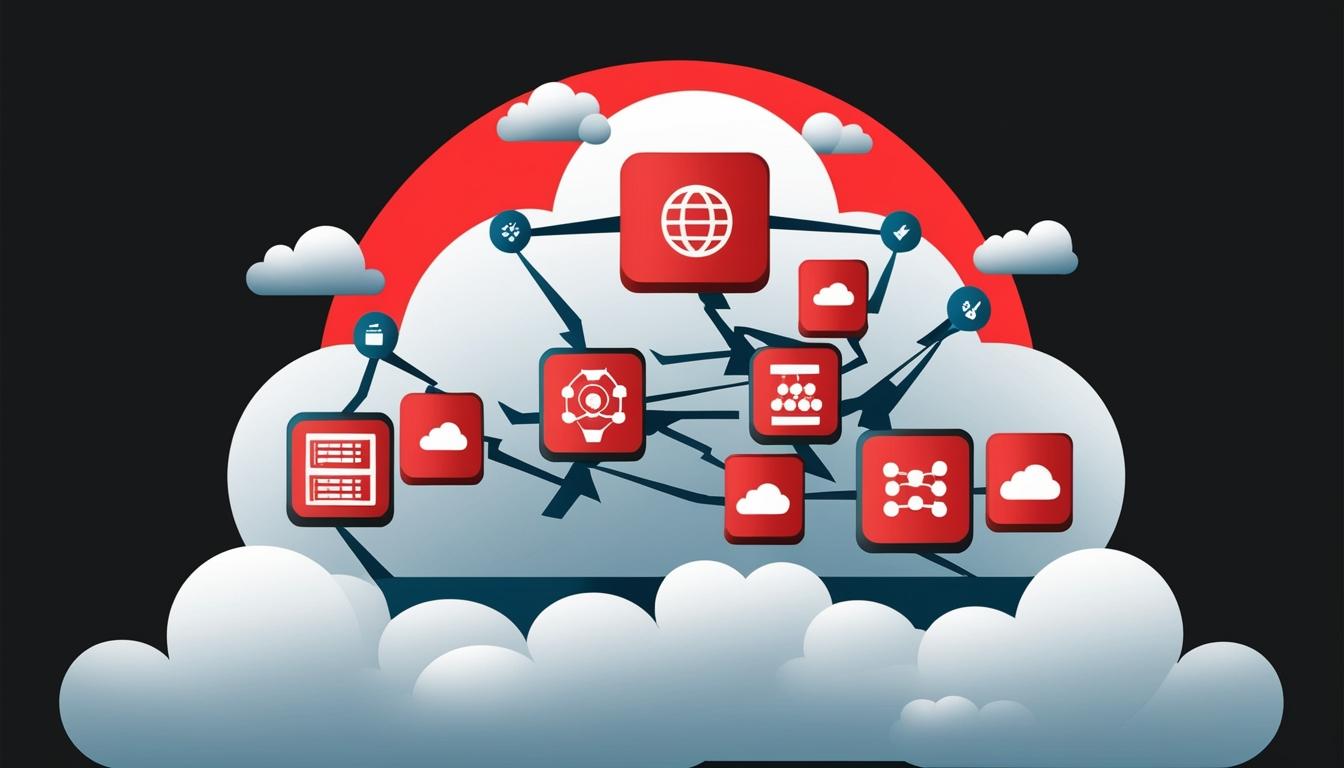In recent years, the integration of cloud computing and microservices has significantly reshaped operations across various industries, propelling organisations into a new era of efficiency and innovation. Bharat Ramesh, an experienced engineering leader and software engineering manager, elaborates on how these technologies can drive growth, improve processes, and address common challenges in the tech landscape.
Ramesh highlights that over the past decade, there has been a transformative shift within the tech industry, primarily driven by the rise of cloud computing and microservices. This evolution has fundamentally altered how businesses design, scale, and manage their systems, enabling them to adapt with unprecedented speed. "The teams that find themselves most successful in this environment are those that combine good technology and solid team management," Ramesh notes.
One of the most pressing issues that organisations face is the inefficiency associated with outdated systems. Ramesh outlines that legacy systems often impede progress, resulting in slow deployment cycles, poor scalability, and heightened risks of system failures. By adopting cloud platforms such as AWS and Google Cloud, companies can optimise resource allocation and reduce downtime. For instance, microservices facilitate independent updates, allowing teams to implement changes more swiftly and flexibly.
Data supports the necessity of this technological shift. Gartner predicts that by 2025, 85% of organisations will adopt a cloud-first approach. Furthermore, companies employing microservices report an increase in deployment frequency by up to 175%, according to xCube LABS. Additionally, Business Insider indicates that leveraging cloud infrastructure can lead to cost savings of up to 30%. Ramesh references the views of Microsoft’s CEO, Satya Nadella, who stated, "Every company is a software company," underscoring the imperative for businesses to embrace digital transformations.
Addressing the common pain points, Ramesh provides actionable insights based on his experiences. To overcome legacy system bottlenecks, he advocates for a gradual, strategic approach. This involves containerising key services before implementing large-scale changes, which mitigates risk and fosters team momentum. He recalls a project with a gradual transition that yielded early wins, thereby enhancing stakeholder confidence and team morale.
In balancing speed with security, Ramesh acknowledges that the right tools can facilitate secure delivery without hindering progress. At Google, for example, the implementation of Continuous Integration/Continuous Deployment (CI/CD) pipelines integrated with security checks has proven essential. This framework enables teams to identify problems prior to release, safeguarding the system's integrity while maintaining operational efficiency.
Ramesh also addresses the challenge of scaling within budget constraints. He shares a case from his work with Acrelec, where implementing serverless architecture allowed for dynamic resource scaling. As a result, the team incurred costs only when necessary, thereby preserving finances for innovative pursuits.
The shift towards cloud-based platforms and microservices not only demands technological adaptation but also necessitates strong leadership and mentorship. Ramesh stresses the importance of cultivating a mentorship culture within engineering teams. By identifying individual strengths and encouraging autonomy, leaders can foster an environment that enhances creativity, accountability, and resilience.
Anticipating the future, Ramesh asserts that the convergence of cloud computing, microservices, and AI will define the next chapter in technology. He notes that generative AI is already being employed for code development and testing, streamlining workflows, and allowing teams to concentrate on crucial problem-solving tasks.
As these technologies continue to evolve, industry leaders are urged to explore and experiment with cloud platforms and microservices architecture. By embracing these innovations, organisations can position themselves to thrive in a fast-paced, technology-driven environment, setting the stage for enhanced growth and scalability. Ultimately, the successful integration of these technologies can lead to not only improved operational capabilities but also a more dynamic approach to tackling the challenges of today and tomorrow.
Source: Noah Wire Services
